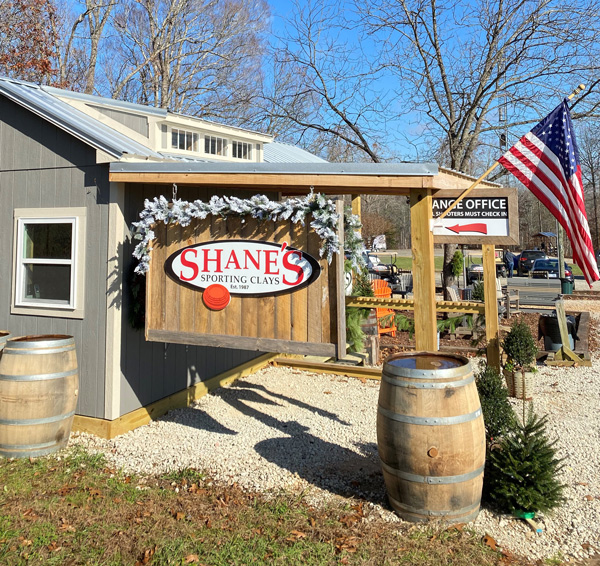Material Matters: Choosing the Right Type of Yard Sign for Your Needs
Standing proudly in front of your home, yard signs are silent messengers, announcing a joyous occasion, promoting a local business, or simply welcoming visitors. But when it comes to choosing the right yard sign, one crucial factor often gets overlooked: the material.
Yes, the message and design are essential, but the material you choose impacts everything from durability and visibility to cost and environmental impact. So, before you get swept away by the excitement of your custom creation, let's delve into the material world of yard signs!
The Contenders:
Corrugated Plastic: The reigning champion of affordability and ease of use, corrugated plastic signs are lightweight, weather-resistant, and come in a variety of sizes and thicknesses. They're perfect for short-term use, like announcing a garage sale or celebrating a graduation. However, their lower durability and tendency to fade in direct sunlight make them less suitable for long-term displays.
Metal: Offering a sturdy and sophisticated alternative, metal yard signs exude a timeless elegance. They're incredibly durable, withstand harsh weather conditions, and resist fading. From sleek aluminum to rustic galvanized steel, metal signs come in various finishes and textures, adding a touch of class to your message. However, their higher cost and weight might require additional support and installation considerations.
Wood: Bringing a touch of natural charm, wooden yard signs add a rustic aesthetic to your property. They're customizable, eco-friendly, and can be painted or stained to match your taste. However, wood requires regular maintenance to prevent warping or cracking, especially in damp climates. Their weight also necessitates a sturdy frame for proper support.
Recycled Materials: Embracing sustainability, yard signs made from recycled materials like plastic bottles or tires are gaining popularity. They're eco-friendly, durable, and often come in unique shapes and textures. However, their availability and design options might be limited compared to traditional materials.
Beyond the Basics:
Now, let's dive deeper into some key factors to consider when choosing your yard sign material:
- Durability: How long do you need the sign to last? A temporary event calls for corrugated plastic, while a permanent business sign might require the sturdiness of metal.
- Visibility: Will the sign be seen from afar? Reflective materials or bold colors on contrasting backgrounds improve visibility in busy areas.
- Weather Resistance: Consider your local climate. Metal and plastic signs fare well in most conditions, while wood might need weatherproofing in damp environments.
- Portability: Need to move the sign frequently? Lightweight plastic or fabric signs are easier to manage, while heavy metal signs might require more permanent placement.
- Aesthetics: What look are you going for? Rustic wood adds a natural touch, sleek metal exudes sophistication, and vibrant plastic offers endless design possibilities.
- Budget: Consider your budget constraints. Corrugated plastic is the most affordable, while metal and wood require a higher investment.
The Final Verdict:
Choosing the right yard sign material isn't a one-size-fits-all solution. It's a balancing act between your needs, budget, and desired aesthetic. Weigh your priorities, and don't be afraid to get creative! Remember, your yard sign is an extension of your personality and tells a story to the world. So, choose a material that complements your message and stands the test of time, whether it's a cheerful welcome in rustic wood or a bold business statement in shining metal.


.webp)
Comments
Post a Comment